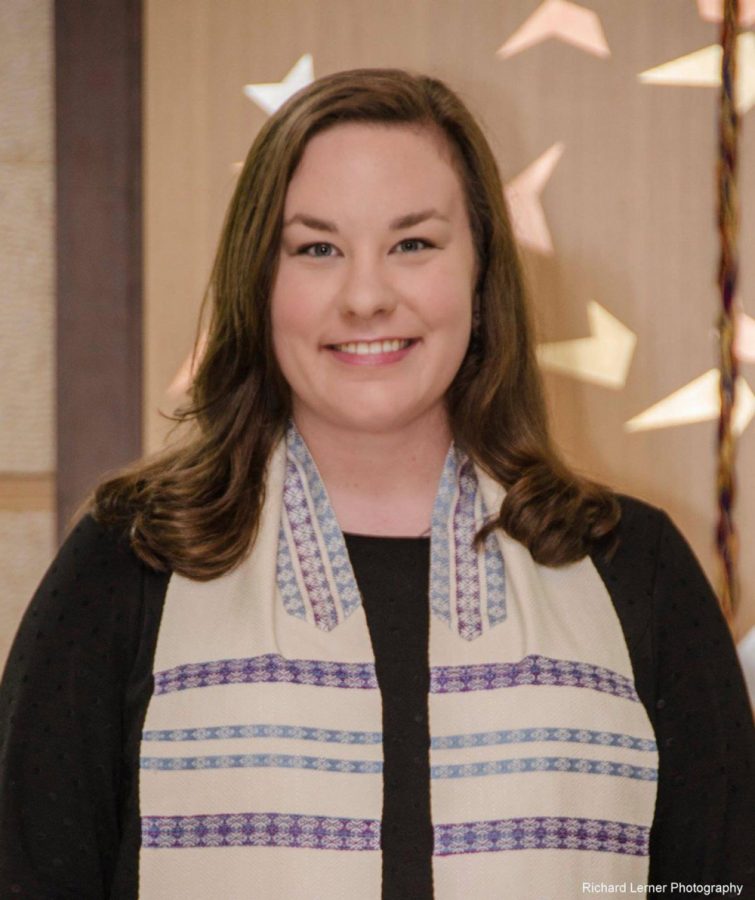Torah gives us role models to be righteous upstanders
Published January 7, 2021
After I graduated from college, I spent a year working for Facing History and Ourselves, an international organization whose mission is to use lessons of history to challenge teachers and their students to stand up to bigotry and hate.
One of Facing History’s central goals is to teach students that they shouldn’t be bystanders. Instead, when confronted with bigotry and hate, they should strive to be upstanders – people who speak or act in support of an individual or cause, particularly those who intervene on behalf of a person being attacked or bullied.
This week’s Torah portion, Shemot, is the first portion in the book of Exodus, and it is overflowing with upstanders – so many, in fact, that it would be impossible to touch on all of them within this D’var Torah.
ADVERTISEMENT
Here are some of my favorites.
Shemot begins with the story of Hebrew midwives Shifrah and Puah (Ex 1:15). These women were called before the Pharaoh himself and commanded to kill the male Israelite infants that they delivered. Because Pharaoh knew their names and faces, Shifrah and Puah had no ability to hide themselves, and yet they knew that they could not killthese children. More than that, they knew that they would not, and so they refused to be part of this evil work.
Shifrah and Puah chose to be upstanders and to actively subvert the Pharaoh’s decree. And when Pharaoh called them to account, they lied in order to protect themselves and the women that they served.
Another remarkable upstander in Shemot is Batyah, the daughter of Pharaoh. Compared with Shifrah and Puah, Batyah had an incredible amount of power, and yet we should also remember that in order to protect herself and to live within her father’s household, she was supposed to follow his rules.
ADVERTISEMENT
Batyah was raised by the master of thousands of Israelite slaves, and yet when she encountered a baby floating in the river, she chose to intervene. She had to have known that the infant was an Israelite. After all, her father had decreed that all Israelite boys were to be thrown in the river. She could have simply decided that this was not her battle and returned the basket to the water. But Batyah chose to be an upstander, and instead of rejecting the child, she drew him close to her heart and made him her son.
And finally, it would be impossible to speak of the upstanders of Shemot without mentioning Moses. While most of Moses’ behavior could be understood as him striving to be an upstander, Shemot features a small moment that I think is a critical piece of understanding Moses’ motivations.
“Now the priest of Midian had seven daughters. They came to draw water, and filled the troughs to water their father’s flock; but shepherds came and drove them off. Moses rose to their defense, and he watered their flock. When they returned to their father … he said, ‘How is it that you have come back so soon today?’ They answered, ‘An Egyptian rescued us from the shepherds; he even drew water for us and watered the flock.’ ” (Ex 2:16-19)
Before Moses told Pharaoh to let his people go, he intervened in a conflict in which he knew no one and from which he had nothing to gain. In fact, at that moment in time, Moses had every reason to keep his head down and not draw any attention (he was, after all, fleeing from Egypt). And yet, perhaps inspired by the example of his second mother, Batyah, he chose to become an upstander by offering protection to women who were being harassed by a group of bullies.
One of the great gifts of Shemot is the diversity of upstander behavior that we are shown throughout the portion. Because the text contains so many examples of upstanders, we are able to see that there is no one way to embrace the role.
Whether we have Shifrah and Puah’s cunning, Miriam’s courage, Batyah’s compassion, Moses’ aversion to injustice, Jethro’s hospitality, Zipporah’s fearlessness or Aaron’s eloquence, I pray that we remember that we have everything we need in order to do the sacred work of standing up against hatred, bigotry, or cruelty, wherever and whenever we encounter them.
Rabbi Rachel K. Bearman is Associate Rabbi of Congregation Shaare Emeth and a member of the St. Louis Rabbinical and Cantorial Association, which coordinates the d’var Torah for the Jewish Light.















